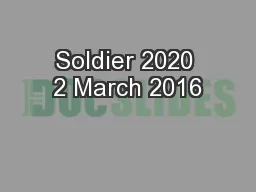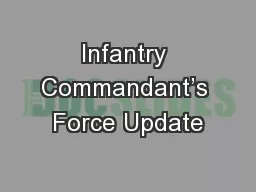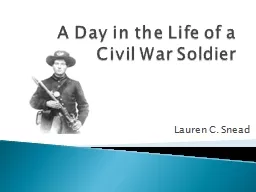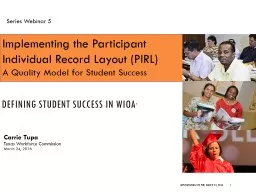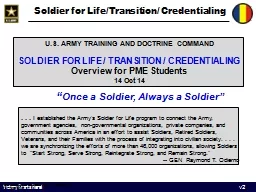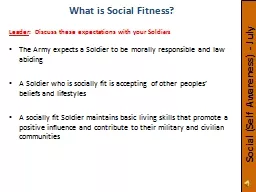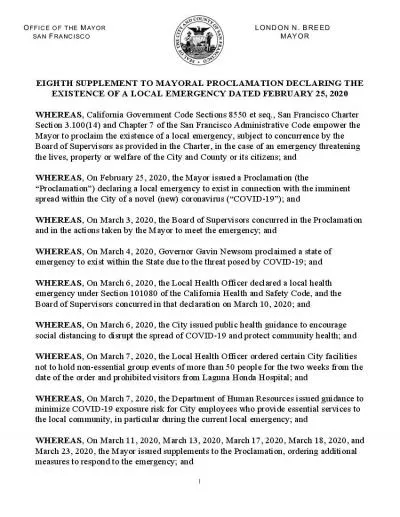PPT-Soldier 2020 2 March 2016
Author : myesha-ticknor | Published Date : 2018-11-16
Action Discuss the Armys cultural and institutional risk factors in the Gender Integration Study GIS associated with full integration of women into the Armed Forces
Presentation Embed Code
Download Presentation
Download Presentation The PPT/PDF document "Soldier 2020 2 March 2016" is the property of its rightful owner. Permission is granted to download and print the materials on this website for personal, non-commercial use only, and to display it on your personal computer provided you do not modify the materials and that you retain all copyright notices contained in the materials. By downloading content from our website, you accept the terms of this agreement.
Soldier 2020 2 March 2016: Transcript
Download Rules Of Document
"Soldier 2020 2 March 2016"The content belongs to its owner. You may download and print it for personal use, without modification, and keep all copyright notices. By downloading, you agree to these terms.
Related Documents

